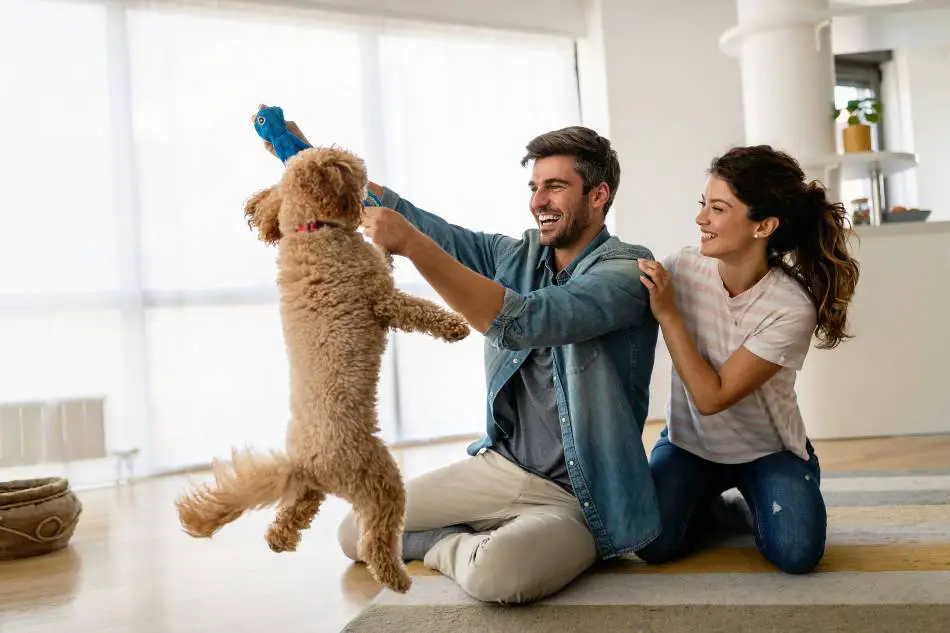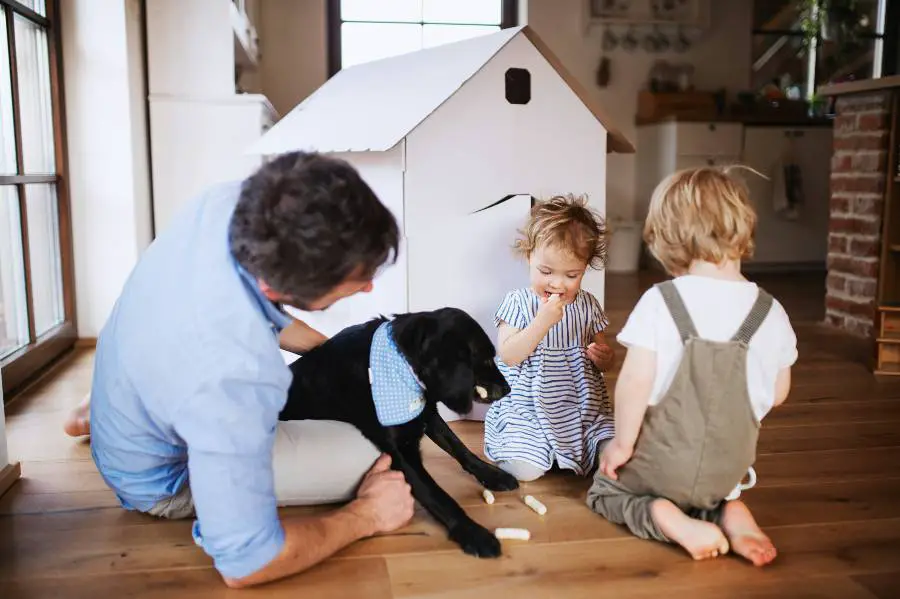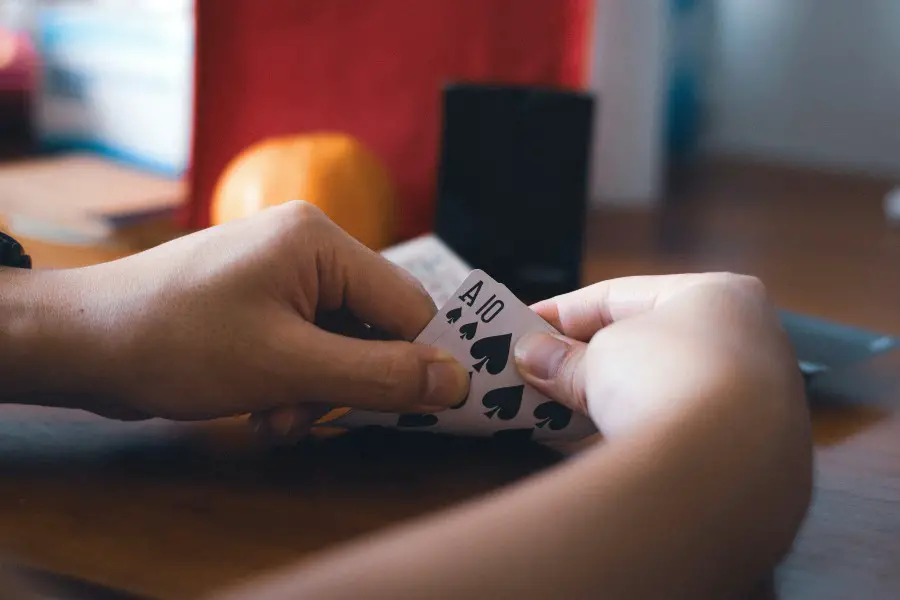Welcoming a pet into your home is a joyous occasion. Pets bring love, laughter, and companionship. However, they also bring a need for safety and protection.
Pet-proofing your home ensures that your furry friends stay safe and your belongings remain intact. Let’s talk how you can create a pet-friendly environment with easy-to-understand steps.
Understanding Pet Behavior
Pets are naturally curious creatures. They explore their surroundings with their noses, paws, and mouths. This curiosity can lead them into dangerous situations. Therefore, pet-proofing helps prevent accidents and keeps your pets healthy and happy.
For instance, a dog might chew on an electrical cord, risking electrocution, or a cat might knock over a fragile vase, causing injury. By understanding the importance of pet-proofing, you can take proactive steps to safeguard your home.
Common Pet Behaviors
- Chewing: Dogs and cats often chew on objects to explore or relieve teething pain. Puppies, in particular, go through a teething phase where they chew on anything they can find. Providing appropriate chew toys can help redirect this behavior.
- Climbing: Cats love to climb and may knock over items. They might jump onto shelves or countertops, potentially causing items to fall. Creating designated climbing areas with cat trees or shelves can satisfy their need to climb.
- Scratching: Cats scratch to mark territory and keep their claws sharp. Scratching posts and pads can help protect your furniture and provide a suitable outlet for this natural behavior.
- Digging: Dogs may dig in the yard or even in the house. Such behavior can be managed by providing a designated digging area in the yard and discouraging indoor digging through training.
Living Room Safety
Moving on to the living room, it’s essential to secure your furniture and protect cords and wires.
Securing Furniture
Pets can easily knock over furniture. Secure heavy items like bookshelves and TVs to the wall. Use furniture anchors to prevent tipping, which is especially important if you have large dogs or active cats.
Additionally, consider the placement of smaller items like lamps and picture frames. Ensure they are stable and not easily knocked over.
Protecting Cords and Wires
Pets may chew on electrical cords, which is dangerous. Use cord protectors or hide cords behind furniture. Consider using pet-safe bitter sprays to deter chewing. For added safety, unplug cords when not in use and keep chargers out of reach. Organizing cords with clips or ties can also reduce the risk of entanglement.
Choosing Pet-Friendly Fabrics
Select durable, easy-to-clean fabrics for your furniture. Microfiber and leather are good options. Avoid delicate materials like silk that can be easily damaged. Consider using slipcovers that can be removed and washed.
Darker colors and patterns can help hide pet hair and stains. Investing in high-quality, pet-friendly fabrics can save you time and money in the long run.
Kitchen Safety
Next, let’s focus on the kitchen, where food and trash can pose significant risks to your pets.
Storing Food Safely
Pets are attracted to the smell of food. Therefore, store food in sealed containers and keep it out of reach. Use childproof locks on cabinets to prevent pets from accessing harmful foods.
Also, be mindful of countertops and tables where food might be left unattended. Training your pet to stay out of the kitchen during meal preparation can also help prevent accidents.
Keeping Trash Secure
Pets may rummage through the trash, which can be dangerous. Use a trash can with a secure lid or keep the trash can in a cabinet. Consider using a trash can with a foot pedal or motion sensor to make it more difficult for pets to access. Regularly emptying the trash can also reduce the temptation for pets to investigate.
Avoiding Toxic Foods
Some foods are toxic to pets, such as chocolate, onions, and grapes. Keep these foods out of your pet’s reach and educate family members about the dangers. Create a list of toxic foods and post it in a visible area, like on the refrigerator.
It can serve as a reminder for everyone in the household to be cautious about what they leave within reach of pets.
Bathroom Safety
The bathroom is another area that requires careful attention to keep your pets safe.
Storing Medications
Medications can pose serious risks to pets. Always store them in a secure cabinet, ensuring they are out of your pet’s reach. Use childproof caps and keep medications in their original containers.
Be cautious about where you place your medications while taking them, and never leave them unattended on countertops or sinks.
Keeping Cleaning Supplies Safe
Many cleaning supplies are toxic to pets. Store them in a locked cabinet and use pet-safe cleaning products when possible. Read labels carefully and follow the manufacturer’s instructions for use and storage.
Consider using natural cleaning alternatives like vinegar and baking soda, which are safer for pets.
Preventing Water Hazards
Pets can drown in toilets or bathtubs. Keep toilet lids closed and never leave a pet unattended in the bathroom. If you bathe your pet in the tub, always supervise them closely. Installing a toilet lid lock can provide an extra layer of security.
Meanwhile, be cautious with open containers of water, such as buckets or basins, which can pose a drowning risk.
Bedroom Safety
In the bedroom, you need to secure small items and protect your bedding.
Securing Small Items
Pets may swallow small items like jewelry or coins, so keep these items in drawers or secure containers. Be aware of where you place items like hair ties, buttons, and small toys. Regularly check under furniture and in corners for any small objects that may have been knocked or dropped.
Protecting Bedding
Pets may chew or scratch bedding. Use durable, washable covers to protect your bedding. Consider using a pet blanket or bedspread that can be easily removed and washed.
Training your pet to stay off the bed or providing them with their own comfortable sleeping area can also help protect your bedding.
Creating a Pet-Friendly Space
Provide a comfortable bed or crate for your pet in the bedroom, which gives them a safe space to relax. Choose a bed that is appropriate for your pet’s size and needs.
For example, orthopedic beds can provide extra support for older pets. Place the bed in a quiet, low-traffic area to create a peaceful retreat for your pet.
Outdoor Safety
Finally, let’s not forget about outdoor safety, which is just as important as indoor safety.
Fencing the Yard
A secure fence keeps your pet safe in the yard. Ensure that the fence is tall enough and that there are no gaps where your pet can escape. Consistently inspect the fence for damage and make repairs as needed.
Don’t forget to add a barrier at the base of the fence to prevent digging when necessary. If you have a gate, ensure it latches securely and cannot be easily opened by your pet.
Removing Toxic Plants
Some plants are toxic to pets. Remove these plants from your yard and replace them with pet-safe alternatives. Common toxic plants include lilies, azaleas, and sago palms.
Research pet-safe plants and create a garden that is both beautiful and safe for your pets. Consider using raised garden beds or fencing to keep pets away from certain areas.
Providing Shade and Water
Pets need shade and water when they are outside. Provide a shaded area and always have fresh water available. Set up a shaded spot with a canopy, umbrella, or doghouse. Ensure that water bowls are placed in a cool, shaded area and refill them regularly.
During hot weather, limit outdoor time and provide cooling options like a kiddie pool or misting system.
General Safety Tips
Regularly Check for Hazards
Regularly inspect your home for potential hazards. Look for loose wires, small objects, and other dangers. Create a checklist and conduct routine safety checks.
Pay attention to areas where your pet spends the most time and address any issues promptly. Keeping your home tidy and organized can also help reduce the risk of accidents.
Training Your Pet
Training your pet helps prevent accidents. Teach basic commands like “sit,” “stay,” and “leave it.” Positive reinforcement works best. Consistent training can help your pet understand boundaries and reduce unwanted behaviors.
Enroll in a training class or work with a professional trainer if needed. Training not only improves safety but also strengthens the bond between you and your pet.
Using Pet Gates
Pet gates can keep pets out of certain areas. Use gates to block off rooms or stairs. Choose gates that are sturdy and appropriate for your pet’s size. Gates with a walk-through door can provide convenience for you while keeping your pet contained. Use gates to create safe zones for your pet, especially when you are not able to supervise them closely.















